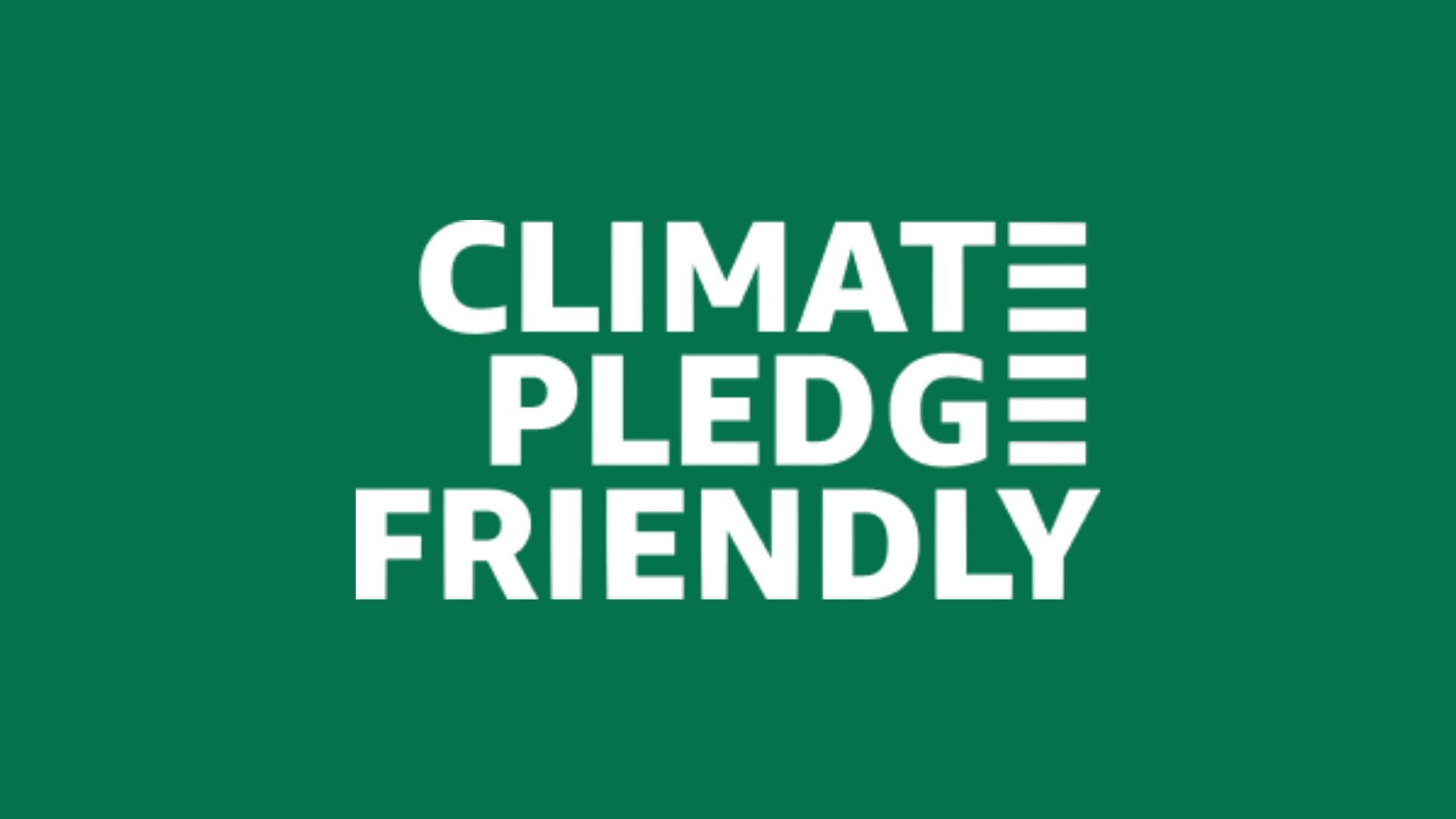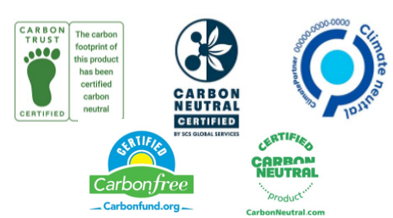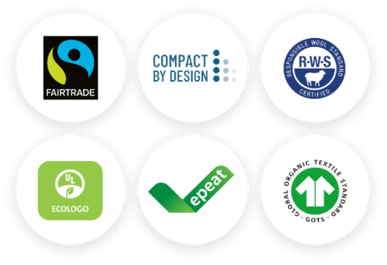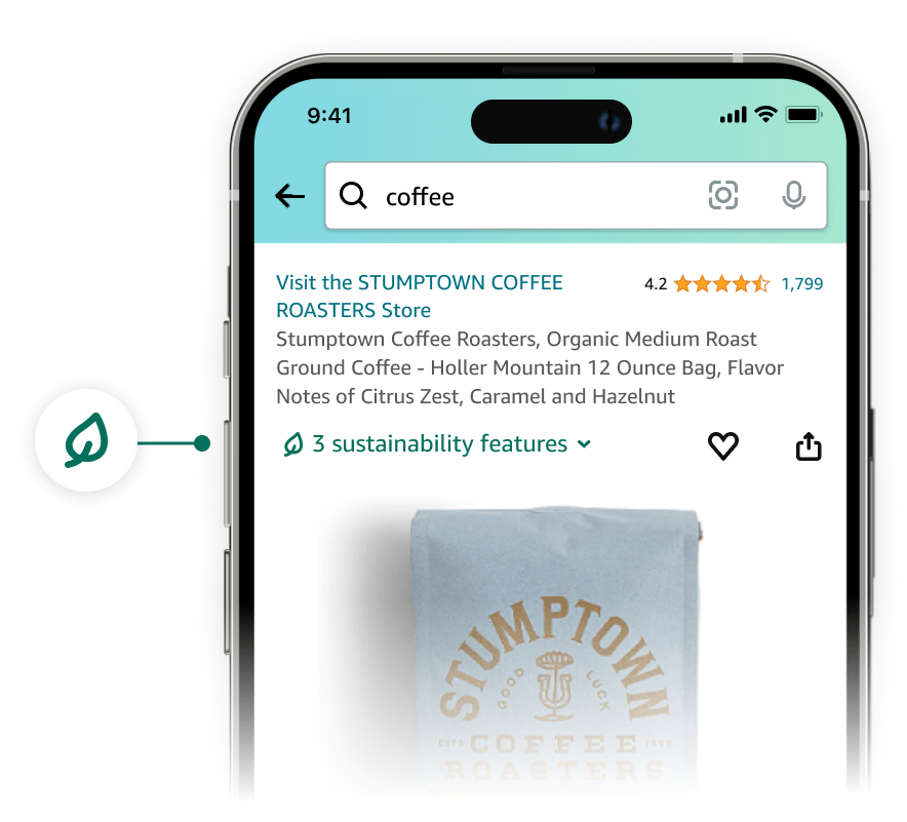How to Get the Amazon Climate Pledge Friendly Badge: A 2025 Guide for Sellers
Introduction: Why Sustainability is the New Standard for Success
The way consumers shop online is fundamentally changing. Today’s buyers actively seek out products that are both effective and responsible. Data confirms this shift: roughly 70% of consumers prefer buying from brands that align with their values, and 80% of shoppers are willing to pay a premium for sustainably produced goods. UK research further supports this, showing that two-thirds of British shoppers favor products with a positive environmental impact.
This trend presents a challenge for sellers: with millions of listings, how do you stand out while proving your sustainability claims? Customers are increasingly wary of "greenwashing" and demand clear evidence that their purchases make a positive difference.
The Solution: The Climate Pledge Friendly (CPF) Badge
Amazon launched the Climate Pledge Friendly (CPF) badge—a small green leaf icon—to help shoppers easily find genuinely sustainable options. This badge signifies that a product meets one or more trusted sustainability standards. The results are clear: the CPF badge drives real commercial results. The program has expanded to over 2.2 million products, and Amazon’s data indicates that CPF-badged items experience an average sales lift of around 12.5% within the first year.
This guide is your roadmap to understanding the CPF badge, maximizing its benefits, and earning this critical asset for your Amazon business.

Understanding the Climate Pledge Friendly Badge
The CPF badge is Amazon’s core initiative to simplify sustainable shopping. Crucially, sellers cannot self-declare their products as eco-friendly; the badge relies on verified certifications.
Products must meet criteria set by either Amazon’s own in-house certifications or one of roughly 60 trusted third-party certifications. The badge is visible in search results and on product detail pages, enabling shoppers to filter for sustainability.
Trusted Certifications: The Two Pathways to the Badge
1. Third-Party Certifications (The Trusted Standard)
These programs are run by recognized bodies and demonstrate real environmental or social benefits. Amazon periodically reviews these certifications to maintain credibility.
- Carbon Footprint: Certifications like ClimatePartner Certified confirm a company has measured its carbon footprint, set reduction targets, and financed climate projects. ClimeCo Certified Product evaluates the product's entire life cycle and implements measures to continually reduce its carbon footprint.
- Recycled Content: Global Recycled Standard (GRS) and Recycled Content Standard (RCS) verify that products contain specific percentages of recycled content and were produced responsibly.
- Sourcing & Materials: Forest Stewardship Council (FSC) ensures products come from responsibly managed forests. OEKO-TEX STANDARD 100 signifies textiles have been tested for over 1,000 harmful substances.
- Health & Chemicals: EWG Verified guarantees a product is free from the Environmental Working Group’s chemicals of concern and meets their strictest health standards.
2. Amazon’s In-House Certifications (The Accessible Entry Point)
These were created by Amazon to broaden access to the program:
- Compact by Design: This certification highlights products that use efficient packaging and design to reduce weight, volume, and carbon emissions during shipping. It’s an accessible entry point for many sellers because it does not require third-party audits. Click here for more info about Compact by Design eligible category thresholds.
- Pre-Owned: Applies to refurbished items inspected and restored to like-new condition, keeping products in circulation longer.
- Plant-Based Fibre Blended: For products made with at least 50% certified plant-based content.


Why the CPF Badge is a Revenue Driver for Your Business
Earning the CPF badge is more than an ethical choice; it’s a powerful strategy that yields measurable sales growth.
1. Boost Visibility and Sales
- Sales Lift: Products with the badge enjoy an average 12.5% sales lift within the first year. Some studies suggest this uplift is about 13%.
- Search Prioritization: CPF products are highlighted in search results. Shoppers can actively filter search results to show only CPF products, making sellers without the badge invisible to this growing cohort of eco-conscious buyers.
- Algorithm Boost: The badge feeds into Amazon’s recommendation algorithms. Nearly 37.6 million Amazon customers switched to CPF products in 2023, representing a 42% year-over-year growth.
- Promotional Access: Some reports note that sellers without the badge risk losing placements in promotional spots like Black Friday and Prime Day deals.

2. Build Unshakable Customer Trust
- Counter Greenwashing: Skepticism regarding corporate sustainability claims is high. A 2024 UK survey found that 77% of shoppers trust sustainability claims only when backed by official certification. The CPF badge provides that assurance by requiring rigorous third-party validation.
- Shared Values: Modern consumers want to support companies that reflect their personal values. By displaying the badge, your brand signals a shared value system with your customers, fostering long-term loyalty and reducing resistance during purchase decisions.
3. Sharpen Your Competitive Edge
- Visual Differentiator: In crowded categories, the green leaf icon acts as a strong visual differentiator.
- Dedicated Showcase: Badged products gain additional visibility via a dedicated Climate Pledge Friendly storefront.
- Unlock B2B Sales: The badge makes your products eligible for purchasing by institutional and Amazon Business customers—governments, universities, and corporations—that often have sustainability mandates or procurement policies.
How to Earn the Climate Pledge Friendly Badge
The path to the badge involves three clear steps: auditing, application, and maximizing your success.
Step 1: Audit Your Product and Select the Right Certification
- Analyze Your Product Category: Start by identifying the appropriate certification pathway for your product (e.g., Electronics may use ClimatePartner Certified; Food may use Fairtrade; Apparel may use OEKO-TEX).
- Check Amazon’s List: Navigate to Seller Central (Performance > Climate Pledge Friendly > Certifications) to view the full, up-to-date list of approved certifications, their eligibility requirements, and fees.
- Consider Compact by Design First: If you need a fast, cost-effective option, start with the Compact by Design certification. It focuses on optimizing packaging to reduce waste and volume. This is useful for home goods, consumables, and beauty products where packaging is easily controlled.
- Action Item: Create a spreadsheet listing your products, potential certifications, estimated fees, and necessary improvements. Prioritize high-volume products.
Step 2: Navigate Application and Verification
For Third-Party Certifications:
- Apply Directly to the Certifier: Choose a relevant program, prepare documentation on your supply chain and manufacturing processes, and apply via the certifier's website. (Fees vary widely) .
- Undergo the Audit: The certifier conducts a review, which may involve providing samples or facility inspections.
- Submit to Amazon: Once approved, upload the formal documentation or certificate number for each eligible ASIN in the Climate Pledge Friendly section of Seller Central. Ensure all product details match the certification to avoid delays.
For Amazon Certifications (like Compact by Design):
- Optimize Design: Redesign packaging to fit Amazon’s guidelines, reducing unnecessary air or water and improving weight-to-volume efficiency.
- Apply via Seller Central: Navigate to the Climate Pledge Friendly section and select Compact by Design. Provide the required packaging metrics and wait for Amazon’s review.
Step 3: Maximize Your Badge After Certification
- Verify Placement: Immediately check that the badge appears correctly on your product detail page and in search results.
- Leverage Content and Advertising:
- A+ Content: Showcase the CPF badge prominently and use a short section to educate shoppers on what the certification means.
- Advertising: Update your Brand Store and use Sponsored Ads to highlight the badge, which can boost click-through rates among eco-conscious shoppers.
- Off-Amazon Marketing: Promote the certification on social media and use QR codes in your packaging inserts to reinforce credibility and encourage repeat purchases.
- Monitor KPIs: Track your conversion rate, sales velocity, and ACOS before and after certification to measure the return on investment.
Managing Costs and Exploring Incentives
Earning the CPF badge requires investment; third-party certification costs can range from a few hundred dollars to several thousand dollars per product. However, this must be weighed against the potential sales growth—the 12–13% sales uplift often justifies the cost.
- Explore Incentives: Amazon has reportedly begun offering direct cash incentives or reimbursements in certain regions to offset third-party certification costs. Some European sellers have reported receiving up to €3,000 per listing.
- Action: Regularly monitor Seller Central announcements and maintain communication with your Amazon account manager to see if you qualify for such programs.
Conclusion: Take Your First Step Toward Sustainability and Growth
The Climate Pledge Friendly badge is a strategic tool that provides increased visibility and enhanced credibility. With 70% of consumers preferring value-aligned brands and Amazon data confirming a significant sales lift, sustainability is no longer optional—it’s the new standard for success on Amazon.
For sellers, the badge offers multiple benefits:
- Increased visibility through search filters, dedicated storefronts and curated collections.
- Enhanced credibility by associating your product with recognized, verified sustainability standards.
- Access to new customer segments, including B2B buyers with sustainability mandates.
- Measurable sales lift, offsetting certification costs and improving profitability.
Next Steps for Sellers
- Log into Seller Central today and locate the Climate Pledge Friendly section. Review the list of eligible certifications and determine which one aligns with your product.
- Pick one certification to research this week. Evaluate its requirements, costs and benefits. Remember, starting with Compact by Design can provide a fast track for many products.
- Audit your packaging and supply chain to identify improvements that could qualify you for additional certifications and reduce shipping costs.
- Contact your Amazon account manager or check Seller Central notifications about potential reimbursement programs. You could receive financial support to offset certification expenses.
By taking these steps, you not only contribute to a healthier planet but also position your business for long‑term success.
How VATAi Can Help?
VATAi provides one-stop CPF certification support, helping Amazon sellers unlock visibility, buyer trust and real traffic-driven growth through sustainability compliance. Learn more about our Climate Pledge Friendly services.
Frequently Asked Questions (FAQs)
1. How many Amazon marketplaces currently support the Climate Pledge Friendly (CPF) badge?
As of now, the Amazon Climate Pledge Friendly badge is supported on 14 marketplaces, including the United Kingdom, Germany, France, Italy, Spain, the United States, Australia, Belgium, Brazil, Canada, Mexico, Poland, Sweden, and Japan. These marketplaces represent Amazon’s core global regions and offer broad visibility for certified sustainable products.
2. Do I have to recertify every year?
It depends on the certification. Some third‑party certifiers require annual renewals, while others certify products for multiple years. Amazon‑developed certifications like Compact by Design typically remain valid unless significant product changes occur. Always check the renewal requirements of your chosen certification.
3. Can digital products or services earn the badge?
No. The Climate Pledge Friendly program currently applies to physical products that can be evaluated for their environmental impact. However, Amazon may expand the program as sustainability metrics evolve.
4. Does the badge guarantee higher rankings in search?
While Amazon's algorithm favours CPF products by enabling filters and storefronts, rankings still depend on overall performance (sales velocity, reviews, pricing, etc.). The badge is a visibility booster but not a substitute for optimized listings and competitive pricing.
5. What if my product doesn't fit any certification?
Start with Compact by Design or explore packaging improvements that can qualify you for Amazon’s program. If your product truly cannot meet any existing certification, focus on other differentiators like recyclable packaging and transparent supply‑chain messaging. Amazon may introduce new certifications in future as sustainability standards evolve.
Need Help with Getting CPF Certification?
Book a free call with VATAi today to find tailored solutions for your e-commerce business